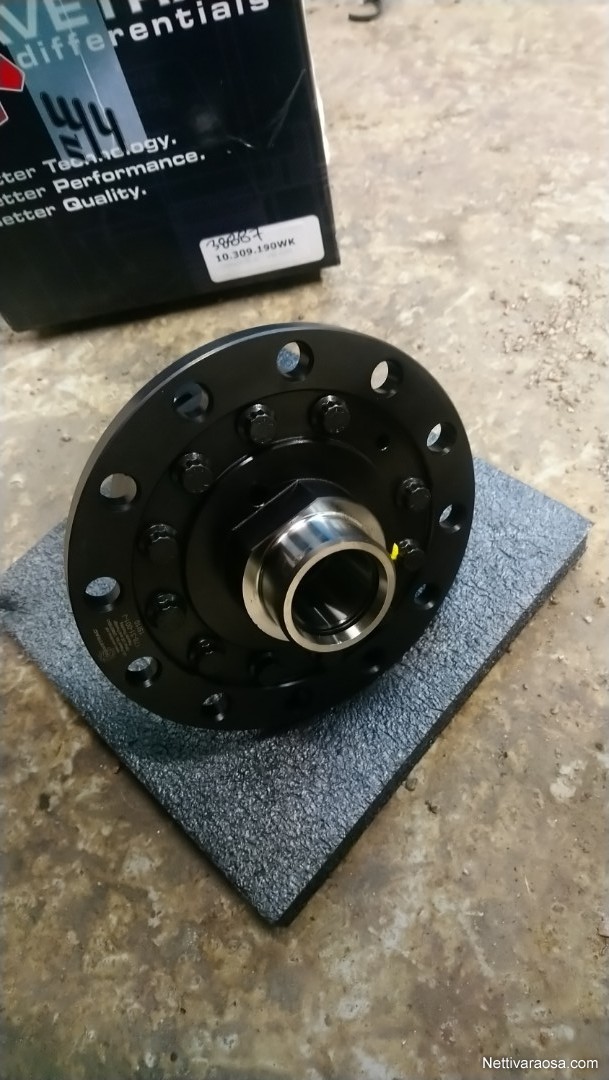

There’s something nice about being able to just keep this record module handy and grab a weird sound or nice groove at will, without having to shift to another tool.

Those are all good solutions, so why would you bother with a module inside the rack?

In the meanwhile, VCV Rack is already capable of routing audio into a DAW or multitrack recorder – via the existing (though soon-to-be-deprecated) VST Bridge, or via inter-app routing schemes on each OS, including JACK. That functionality is coming soon to a VCV Rack update, too – see my recent write-up on that. But that same approach can be liberating even in the digital age – and it’s a perfect match for the open VCV Rack software modular platform.Ĭompeting modular environments like Reaktor, Softube Modular, and Cherry Audio Voltage Modular all run well as plug-ins. In the original modular synth era, your only way to capture ideas was to record to tape.


 0 kommentar(er)
0 kommentar(er)
